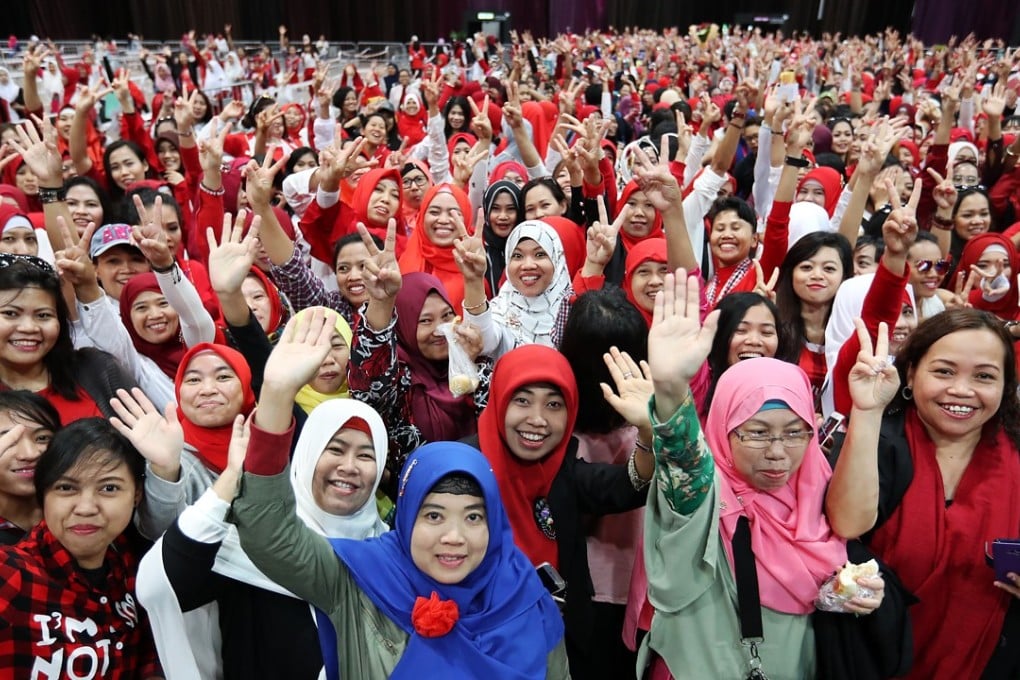Would Asia’s army of migrant domestic workers stay home if they could?
Theophilus Kwek says governments and scholars portray domestic workers, mostly women, as voluntary migrants. But applauding choice must not distract us from tackling coercion

Domestic employment in Southeast Asia’s rich metropolitan centres is often presented as a lucrative, even strategic choice for thousands across the region pursuing better livelihoods, or an improvement in living standards.
In a recent address, a Singapore minister praised his country’s foreign domestic workers (colloquially referred to as “maids”) for choosing to “support their families back home” in this way. His language echoed that of reports in Singapore’s national broadsheet, typecasting domestic workers as “women from impoverished families seeking higher incomes abroad”. Unsurprisingly, state-supported charities like the Foreign Domestic Worker Association for Social Support and Training have made it their aim to maximise returns on these women’s decisions to migrate: by “adding value to their work”, and hence “enhancing their future employability”.

Confusion lingers over proposals for Filipino domestic helpers entering China
A narrative that characterises the decision to seek foreign domestic work as a free, informed, and laudable choice, however, conceals the fact that labour migration in Southeast Asia is chiefly produced by deep-seated drivers of displacement.
Taking a more nuanced perspective would not only allow us to account for the causes of forced migration within the region, but also to address them.
Pressures for displacement are not created by sending states alone
Sending states are a key piece of the puzzle. As early as 2001, Indonesia’s new minister of Manpower and Transmigration stated that his government would “facilitate labour export” as a solution to unemployment, given that “about 40 million people [were] jobless” at the time.
Professor Stephen Castles, a former director of the International Migration Institute, has pointed out that encouraging emigration to ease joblessness can bring “long-term costs to the economy and society”. Nevertheless, political leaders in the region who are unable or unwilling to create employment at home may well perceive exporting domestic labour to be an attractive, and no doubt affordable, policy solution.